How UST Inc. Solves the Challenge of Building Complexes on Terrain with Utilities
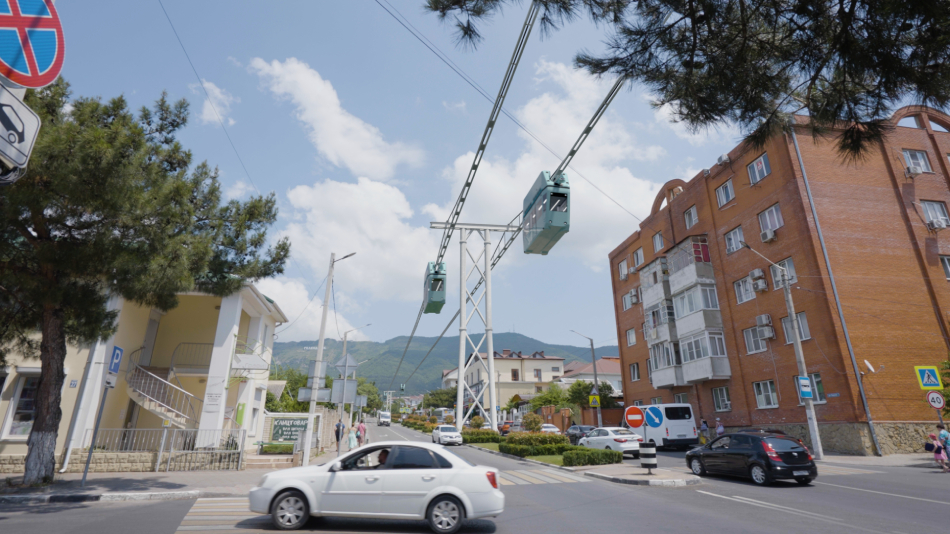
uST Transport & Infrastructure Complexes are designed to provide fast, comfortable, and safe transportation for passengers within a metropolis. Solutions by Unitsky String Technologies Inc. seamlessly integrate into dense urban environments without disrupting existing surface transportation routes. But what about underground and aboveground utilities like water pipes and power lines? And why is it easier to build a string rail track in such areas compared to laying streetcar tracks or subways? The answers to these questions are explored in our material.
Above and below ground
The construction of uST complexes requires minimal land acquisition, with only small areas needed for anchoring structures and supporting towers. They are installed to preserve existing underground utilities as much as possible.
uST stations can be integrated into pre-existing structures, such as shopping centers or public buildings, avoiding the need to disturb or relocate utilities, which will continue to function as normal.
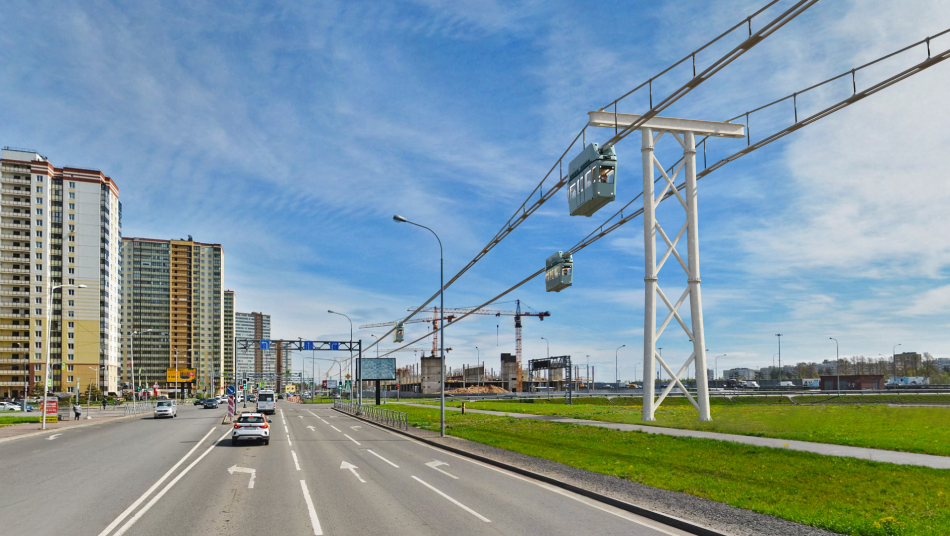
If storm sewers, heat lines, or water and sewage systems are present along the potential route, the complex can be located on a neighboring street. The small footprint of the supporting towers makes this feasible, even in densely built areas. For foundation design, single bored piles are commonly used – typically one pile per tower leg. A pile with a diameter of just 100 cm is generally sufficient for a U-shaped tower, and 150 cm for an L-shaped tower.
uST Inc. engineers' calculations have demonstrated that using such foundations is feasible in almost any soil conditions. Construction is done using the continuous hollow screw method, which avoids dynamic impacts on nearby utilities – unlike vibro-immersion or impact methods.
To further prevent the need for constructing supporting structures in utility-dense areas, the spacing between these structures can be increased. The maximum distance between anchoring structures can reach 10 km, and between supporting towers, up to 2 km. Additionally, deeper pile foundations can be implemented to protect supporting towers in case of accidents on existing water or wastewater utilities.
"Second level" and power lines
Cities are often oversaturated with electrical and low-current networks, essential for urban life but complicating the construction of new infrastructure. Relocating these networks can be complex and costly.
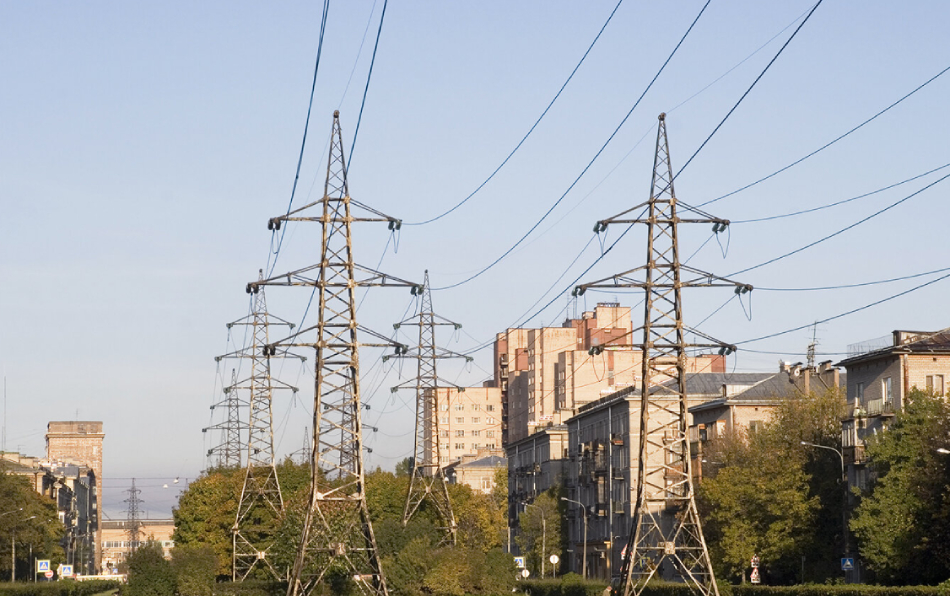
However, when building uST complexes, a well-planned route that maintains safe vertical distances from power lines allows the track to pass beneath them without the need for relocation. Additionally, power lines and fiber-optic networks can be integrated within the string rail track structure. This solution offers both convenience and protection against temperature fluctuations, ice, dirt, vibrations, and other potential damages.
Easier than running a streetcar
The implementation of uST complexes on the terrain saturated with utilities is not only possible, but also more profitable compared to the construction of highways for the movement of other modes of transport.
For instance, building metro stations and infrastructure typically requires relocating and redesigning underground utilities, which incurs significant time, material costs, and inconvenience for metropolitan residents.
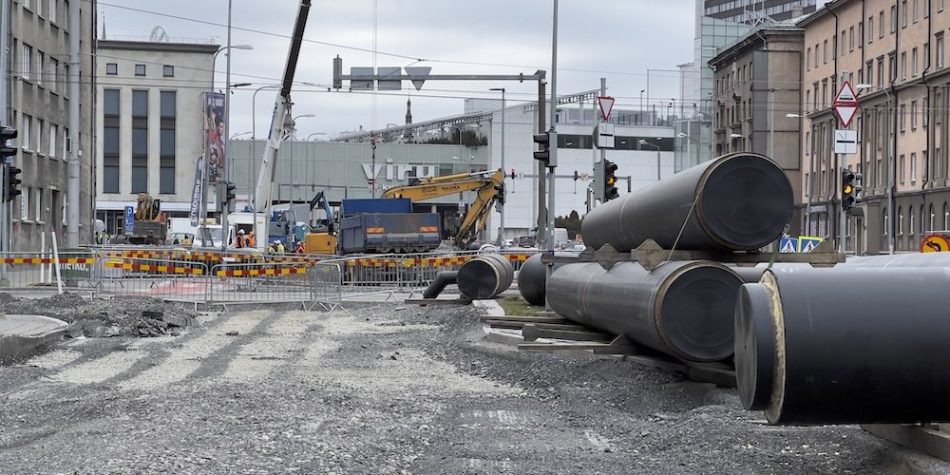
To build streetcar tracks, it is first necessary to protect existing utilities against damage caused by vibrations from streetcar movement. For this reason, utilities often need to be encased or relocated, such as storm sewers, and upgrading these utilities becomes essential because addressing any future accidents without disrupting traffic is challenging. Additionally, the power grid must be adapted to meet public transportation needs.
In contrast, implementing a uST complex is much simpler in these scenarios. The string rail overpass can be combined with various communication and power lines. Its seamless design, absence of temperature joints, and damping features for the wheels, rails, and anchoring structures ensure that the steel wheel of the uPod moves quietly across the entire speed range without creating vibrations that could affect the supporting structures or the soil, thereby minimizing any impact on underground utilities. If necessary, the uST route can be designed to only slightly intersect with utilities, avoiding the need for major relocations.
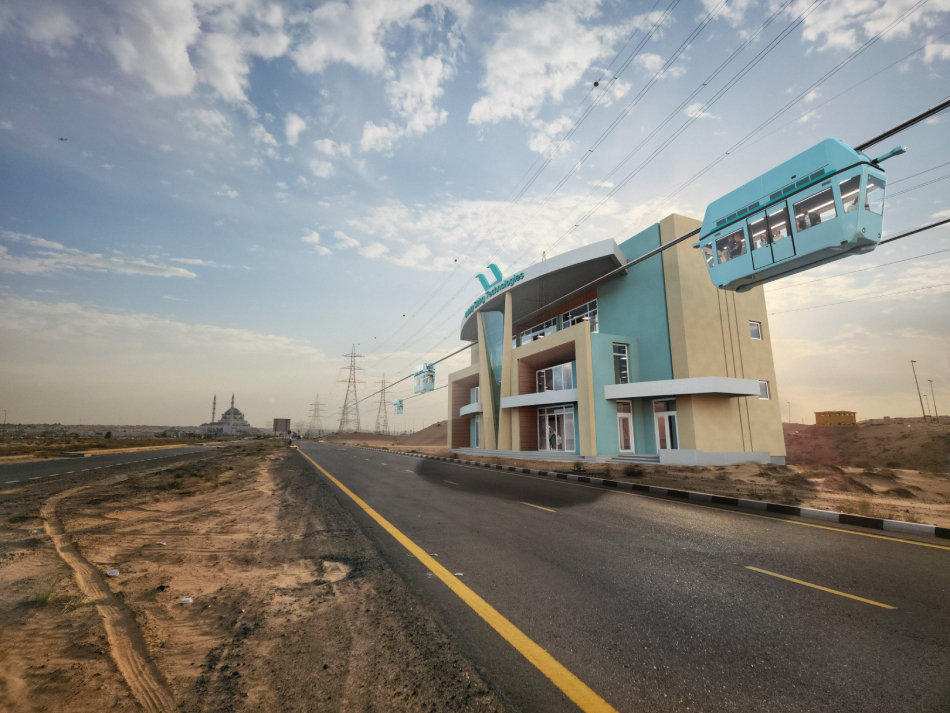
More news
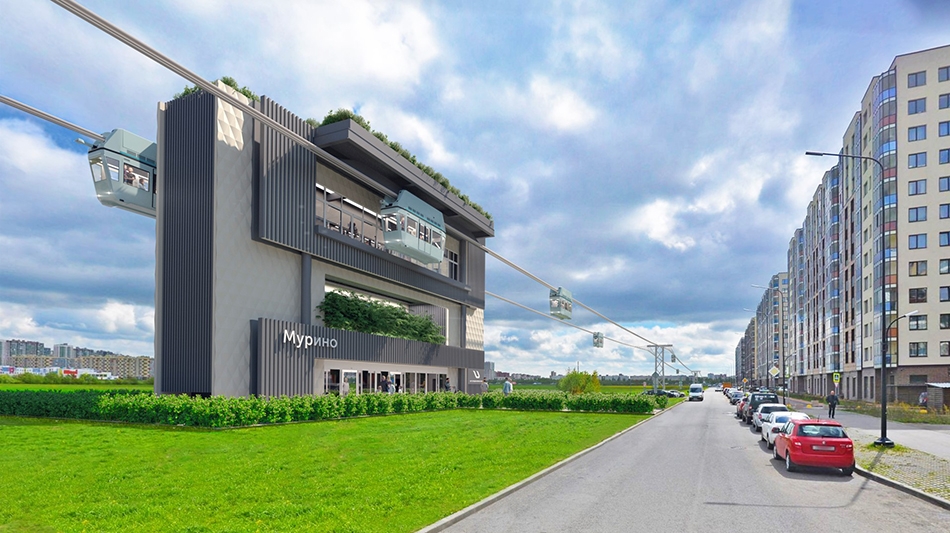
News
24 October 2023
UST Inc. and Fontanka.ru presented a special project about off-street transport in Russia
The media project provides statistics on the road situation and experts’ opinions regarding the prospects for the off-street transport usage in Russia.
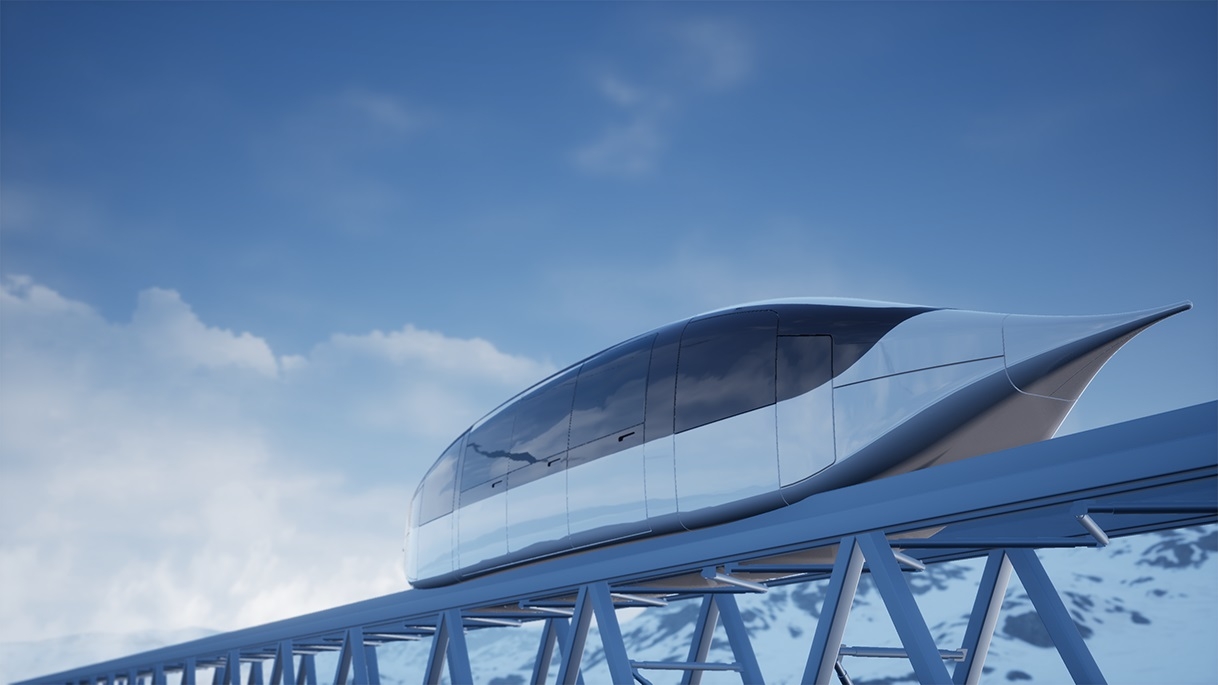
Blog
13 February 2024
Immunity to frost and power outages, or why uFlash is superior to electric trains
Let’s find out why electric trains are so sensitive to winter conditions and how uST technologies cope with the same challenges.
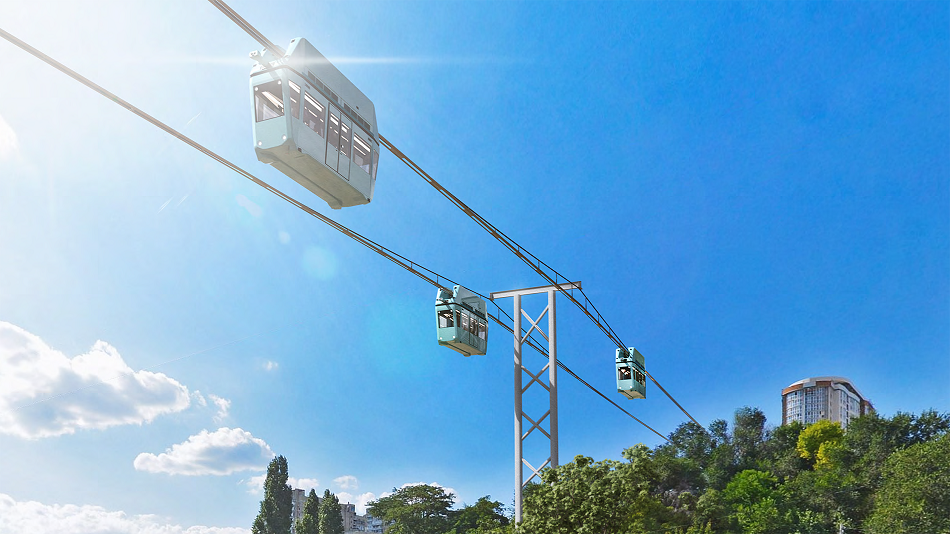
News
6 November 2025
UST Inc. has retrained its specialists
To ensure reliable and safe operation of uST rail-string transport systems, we need qualified specialists with a full range of necessary knowledge. To this end, UST Inc. has initiated a relevant training course. Once completed, we will share the results!

